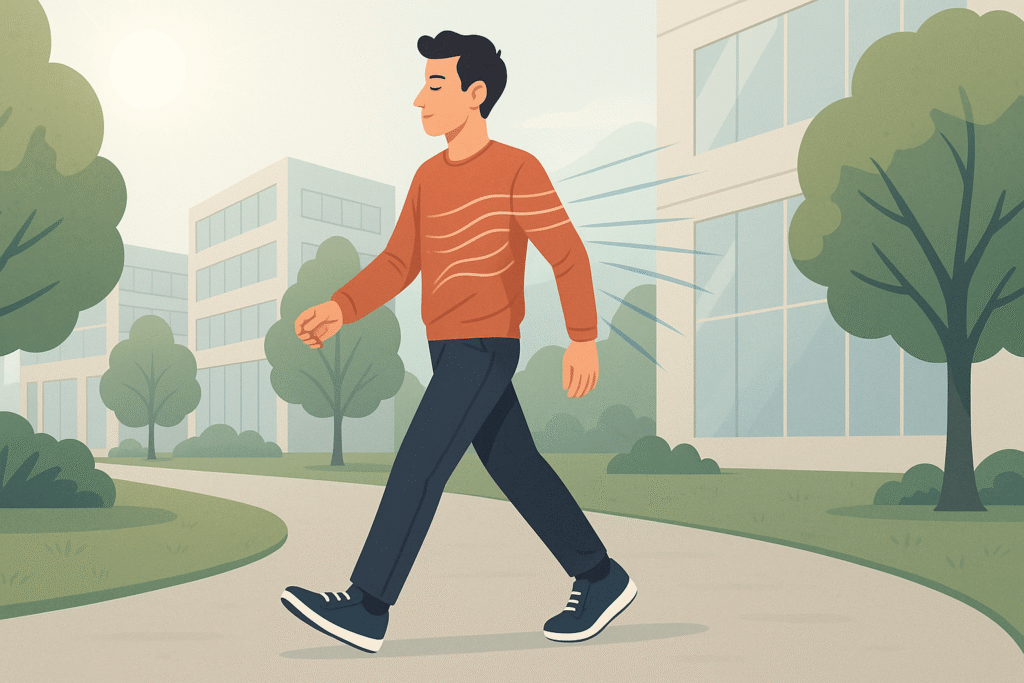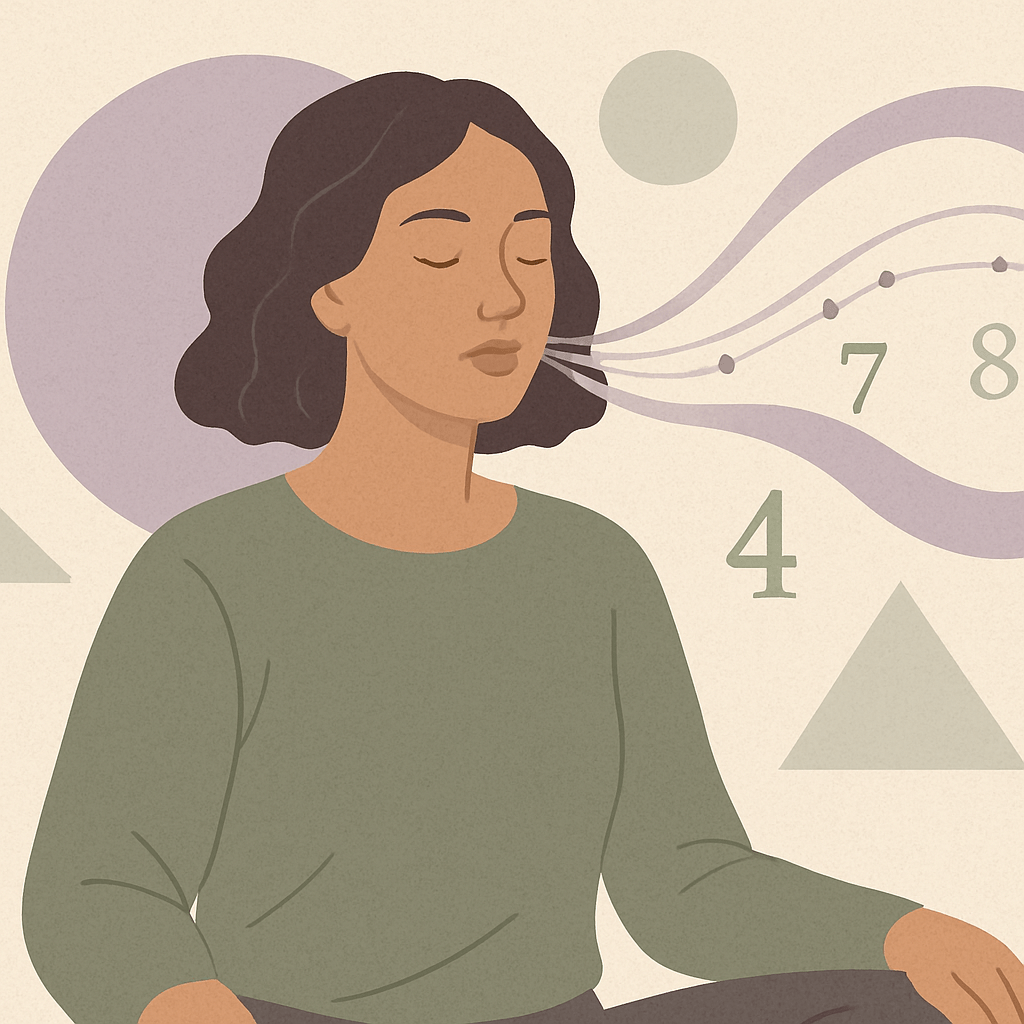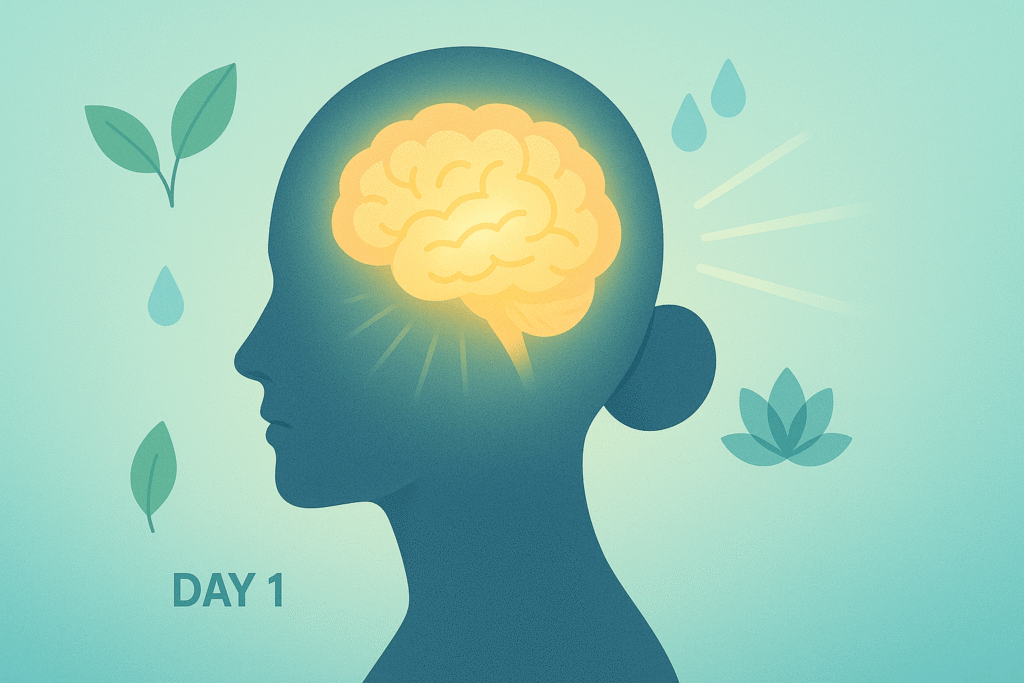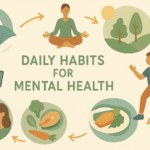In today’s fast-paced world, mental fatigue has become as common as physical exhaustion. Whether you’re struggling to focus during a long workday, feeling overwhelmed by endless tasks, or simply need to reset your cognitive function, knowing how to refresh your mind quickly is an essential skill for maintaining peak performance and well-being.
Mental refreshment isn’t just about taking a break—it’s about strategically resetting your brain’s capacity to think clearly, make decisions, and maintain productivity. Research shows that our brains can only sustain focused attention for limited periods before requiring restoration. The good news? You don’t need hours to achieve meaningful mental refreshment.
Understanding Mental Fatigue: When Your Brain Needs a Reset
Before diving into solutions, it’s crucial to recognize the warning signs that your mind needs refreshing. Mental fatigue manifests in various ways:
- Difficulty concentrating on tasks that usually come easily
- Making careless mistakes or poor decisions
- Feeling irritable or emotionally reactive
- Physical symptoms like headaches or eye strain
- Procrastination or avoidance behaviors
- Decreased creativity and problem-solving abilities
These symptoms indicate that your brain’s cognitive resources are depleted and need replenishment. The techniques below are designed to address these issues quickly and effectively.
Immediate Mental Refresh Techniques (5-15 Minutes)

1. Strategic Movement and Walking
Physical movement is one of the most powerful ways to refresh your mind quickly. When you sit still for extended periods, your body systems slow down, reducing blood flow to the brain and limiting cognitive function.
The Science: Walking increases heart rate and blood circulation, delivering more oxygen and nutrients to your brain. It also stimulates the production of brain-derived neurotrophic factor (BDNF), which supports neural growth and connectivity.
How to implement:
- Take a 10-15 minute walk outside if possible
- If confined indoors, walk around your building or do light stretching
- Focus on your surroundings rather than work-related thoughts
- Aim for a moderate pace that slightly elevates your heart rate
2. Controlled Breathing and Mindfulness
Breathing exercises are among the fastest ways to reset your mental state. Deep, controlled breathing activates your parasympathetic nervous system, reducing stress hormones and promoting mental clarity.
Effective breathing techniques:
- 4-7-8 Breathing: Inhale for 4 counts, hold for 7, exhale for 8
- Box Breathing: Inhale for 4, hold for 4, exhale for 4, hold for 4
- Belly Breathing: Focus on expanding your diaphragm rather than your chest
Practice for 3-5 minutes to experience noticeable mental refreshment.
3. Hydration and Nutrition Reset
Dehydration is a silent productivity killer. Even mild dehydration (as little as 2% fluid loss) can impair cognitive function, memory, and mood.
Quick hydration strategy:
- Drink 16-20 ounces of water immediately
- Add a pinch of sea salt or electrolytes if you’ve been sweating
- Follow up with consistent hydration throughout the day (aim for half your body weight in ounces)
Brain-boosting snacks:
- Nuts and seeds for healthy fats and protein
- Fresh fruit for natural sugars and vitamins
- Dark chocolate (70% cacao or higher) for improved focus
4. Sensory Stimulation Techniques
Engaging your senses can quickly shift your mental state and improve focus. Different sensory inputs can trigger various cognitive responses.
Effective sensory techniques:
- Aromatherapy: Diffuse or inhale peppermint, lemon, or rosemary essential oils
- Music therapy: Listen to instrumental music, nature sounds, or binaural beats
- Temperature contrast: Splash cold water on your face or step outside for fresh air
- Tactile stimulation: Use a stress ball, fidget toy, or textured object
Workplace-Specific Mental Refresh Strategies

5. The Pomodoro Plus Method
Traditional Pomodoro technique involves 25-minute work sessions followed by 5-minute breaks. The “Plus” version optimizes these breaks for maximum mental refreshment.
Enhanced break activities:
- Stand and do 10 jumping jacks or push-ups
- Practice gratitude by listing three positive things
- Do a quick desk yoga sequence
- Step outside for fresh air and natural light
6. Digital Detox Micro-Breaks
Constant screen time and digital stimulation contribute significantly to mental fatigue. Strategic digital breaks can provide immediate relief.
Implementation strategies:
- Use the 20-20-20 rule: Every 20 minutes, look at something 20 feet away for 20 seconds
- Turn off non-essential notifications during focused work periods
- Keep your phone in another room during deep work sessions
- Use website blockers during designated focus times
7. Environmental Optimization
Your physical environment significantly impacts your mental state. Small changes can yield immediate improvements in cognitive function.
Quick environmental adjustments:
- Adjust lighting to reduce eye strain
- Declutter your immediate workspace
- Add a plant or natural element to your view
- Ensure proper ventilation and air circulation
- Use noise-canceling headphones if needed
Longer-Term Mental Refresh Strategies (15-60 Minutes)
8. Power Napping for Cognitive Reset
Strategic napping can dramatically improve alertness, memory consolidation, and creative thinking. The key is timing and duration.
Optimal napping guidelines:
- Limit naps to 10-20 minutes to avoid sleep inertia
- Nap between 1-3 PM when natural energy dips occur
- Create a dark, quiet environment
- Set an alarm to prevent oversleeping
9. Brain Dump and Mental Organization
When your mind feels cluttered with thoughts, tasks, and worries, a brain dump can provide immediate relief and clarity.
Brain dump process:
- Set a timer for 10-15 minutes
- Write down everything on your mind without editing
- Categorize items into: urgent, important, someday, or trash
- Choose 1-3 priority items for immediate action
- Schedule or delegate the rest
10. Creative Engagement Activities
Engaging in creative activities activates different neural networks, providing mental refreshment while maintaining cognitive engagement.
Quick creative activities:
- Doodling or sketching for 10 minutes
- Writing in a journal or doing free-writing
- Playing a musical instrument
- Solving puzzles or brain teasers
- Engaging in crafts or hands-on projects
Personalized Approaches for Different Situations

11. Personality-Based Refresh Techniques
Different personality types may respond better to specific refresh techniques:
For introverts:
- Quiet meditation or breathing exercises
- Solo walks in nature
- Reading or journaling
- Listening to calming music
For extroverts:
- Brief social interactions with colleagues
- Group activities or team breaks
- Energizing music or movement
- Collaborative problem-solving
For analytical types:
- Structured breathing exercises with counting
- Organizing or planning activities
- Learning something new
- Data visualization or mind mapping
For creative types:
- Artistic expression or doodling
- Brainstorming sessions
- Exploring new environments
- Engaging multiple senses simultaneously
12. Technology-Assisted Mental Refresh
While digital detox is important, certain technologies can also support mental refreshment when used strategically.
Helpful apps and tools:
- Meditation apps like Headspace or Calm
- Focus apps with built-in break reminders
- Nature sound generators or white noise apps
- Breathing exercise apps with guided sessions
- Brain training games for cognitive stimulation
Building Consistency: Making Mental Refresh a Habit
The most effective mental refresh strategies are those you can implement consistently. Here’s how to build sustainable habits:
Start small: Begin with 2-3 techniques that feel most natural to you
Schedule it: Block time in your calendar for mental refresh breaks
Track progress: Note how different techniques affect your energy and focus
Adjust as needed: Experiment with timing, duration, and combinations
Create environmental cues: Set up your space to remind you to take breaks
Advanced Strategies for Sustained Mental Clarity

Weekly Mental Maintenance
Beyond daily refresh techniques, implement weekly practices for sustained mental health:
- Schedule one longer nature walk or outdoor activity
- Engage in a hobby completely unrelated to work
- Practice digital sabbath for a few hours
- Reflect on the week and plan for the next
- Connect with friends or family without work discussions
Monthly Mental Reset
Once a month, engage in more comprehensive mental refreshment:
- Take a full day off from work-related activities
- Try a new experience or learn a new skill
- Evaluate and adjust your mental refresh routine
- Consider professional development or personal growth activities
- Assess your overall work-life balance and make adjustments
Measuring Your Mental Refresh Success
To optimize your mental refresh routine, track these indicators:
Immediate measures:
- Energy level before and after refresh activities (1-10 scale)
- Ability to focus on tasks post-refresh
- Mood and emotional state
- Physical tension or relaxation
Long-term measures:
- Overall productivity and work quality
- Sleep quality and duration
- Stress levels and emotional resilience
- Creative output and problem-solving ability
Conclusion: Your Path to Sustained Mental Clarity
Refreshing your mind quickly isn’t just about taking breaks—it’s about strategically resetting your cognitive resources to maintain peak performance throughout your day. The techniques outlined above provide a comprehensive toolkit for immediate mental refreshment, workplace optimization, and long-term cognitive health.
Remember that mental refresh is highly individual. What works best for you may differ from others, and your needs may change based on circumstances, stress levels, and life phases. The key is to experiment with different techniques, build consistent habits, and remain flexible in your approach.
Start by implementing 2-3 techniques that resonate most with you. As these become natural habits, gradually expand your mental refresh toolkit. With consistent practice, you’ll develop the ability to quickly reset your mental state, maintain sustained focus, and approach challenges with renewed clarity and energy.
Take action today: Choose one technique from this article and implement it during your next work break. Notice the difference it makes in your mental clarity and energy levels. Your brain—and your productivity—will thank you.
Frequently Asked Questions
Q: How often should I refresh my mind during a typical workday?
A: Aim for a brief mental refresh every 60-90 minutes, with longer breaks every 2-3 hours. Listen to your body and mind—if you notice decreased focus or increased irritability, it’s time for a refresh break.
Q: Can mental refresh techniques replace proper sleep?
A: No, these techniques complement but cannot replace adequate sleep. While they can help manage fatigue and improve focus temporarily, 7-9 hours of quality sleep remains essential for optimal cognitive function.
Q: What’s the quickest way to refresh my mind when I only have 2-3 minutes?
A: Try controlled breathing exercises (4-7-8 breathing), drink a glass of water, or do 10-15 jumping jacks. These can provide immediate mental refreshment in under 3 minutes.
Q: Are there any mental refresh techniques I should avoid if I have anxiety?
A: If you have anxiety, avoid techniques that might increase stimulation (like high-intensity exercise or caffeine). Focus on calming activities like gentle breathing exercises, short walks, or listening to soothing music. Consult with a healthcare provider for personalized advice.
Q: How do I know if my mental refresh routine is working?
A: Track your energy levels, focus quality, and mood before and after refresh activities. You should notice improved concentration, reduced mental fatigue, and better emotional regulation. If you don’t see improvements after 1-2 weeks, try different techniques or adjust timing and duration.



